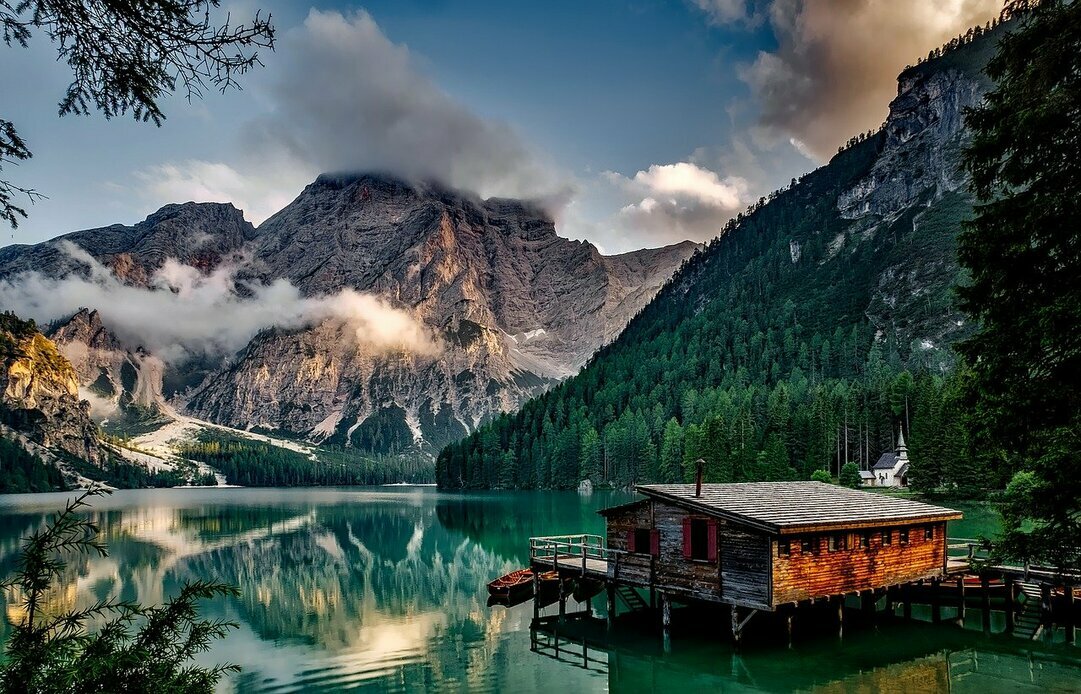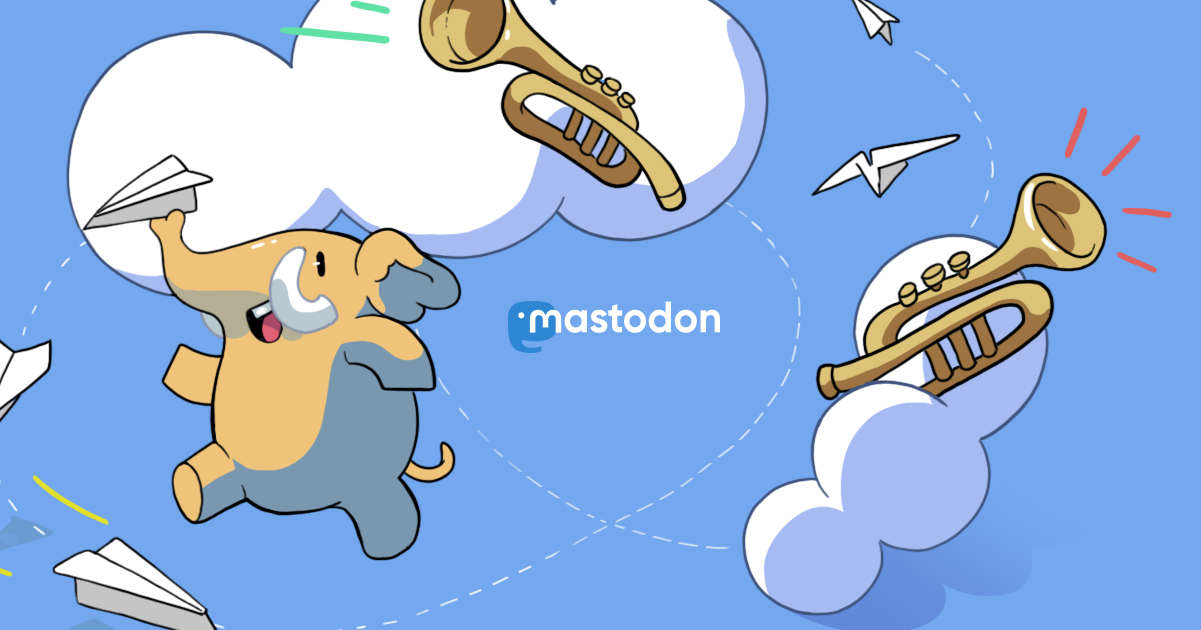
This is way too wrong not to share, Loews Hotels in AZ have quite interesting picture describing local programs :D where girl appears to be looking at the telescope? Can you find what's wrong with this picture? ... This is Newtonian which has mirror at the bottom, and front of this scope pointing to the ground :D no wonder she is so frustrated.
#hiking #outdoor #landscape #photography #nature #landscapephotography #night #mountain
Back to natural colors, Horse Head, Flame and Casper the Friendly Ghost Nebulae. It's about that time when I am getting to picture my favorite constellation Orion. I have always been fascinated with it, have no idea why. #astrophotography #astropic
Finally had a chance to process data from Christmas #astrophotography sort of advent calendar since it was done over 7 different nights. Result is 7 hours of Ha, SII and OII on a OSC camera with 50 min of RGB stars. Christmas Tree cluster SH2-273. #astropic
Couple rainy days gave me an opportunity to process Heart and Soul Nebula. That's had been shot while ago in SHO. #astropic #astrophotography
Feature isn't yet out but we'll soon be able to stack Seestar mosaic images in Siril. This is a peek at what's coming our way:
C/2023 A3 (Tsuchinshan-ATLAS). Taken from Central Texas this morning. Nikon D750 and Nikon 24-120mm lens.
#astrodon #astrophotography #comet #photography #science #astronomy
This could be last picture with halos around some stars, I think I finally solved my problem by adding UV/IR filter into the mix with cheap dual band filters from Askar C1 and C2, fingers crossed. This is Elephant Trunk Nebula SH2-131 in SHO, first time I was shooting this subject. #astrophotography #astropic
Finally had a chance to process few of my images. Here is entire Veil Nebula SH2-103 in SHO. #astrophotography #astropic
Here are results of previous years. Unrecognizable image with 50mm when I just started, 135mm last year with Canon camera. This year image at the beginning of this thread with ZWO533MC and 135mm. Looking forward to next year.
Finally had couple clear days and was able to test filters. Result SHO image of NGC7000 North America Nebula, my favorite object aka measurement of my progress with #astrophotography
Fun facts about Anchorage is that they have a lake at the airport, which serves as a runway for small planes on pontoons and you can see moose up-close in your neighbors backyard.
Unfortunately or fortunately we saw bears only in Alaska Wildlife Conservation Center, and then we've gone to see Kenai River with it's emerald water from glaciers and while there went on a 4.6 miles hike trail to see falls on Russian River.
Then we had another planned activity, from Palmer we drove side by sides off road through waters to Knik Glacier. Locals said they never saw water rising that fast and guides had to take different routes every day as their typical crossing spots are flooded.
